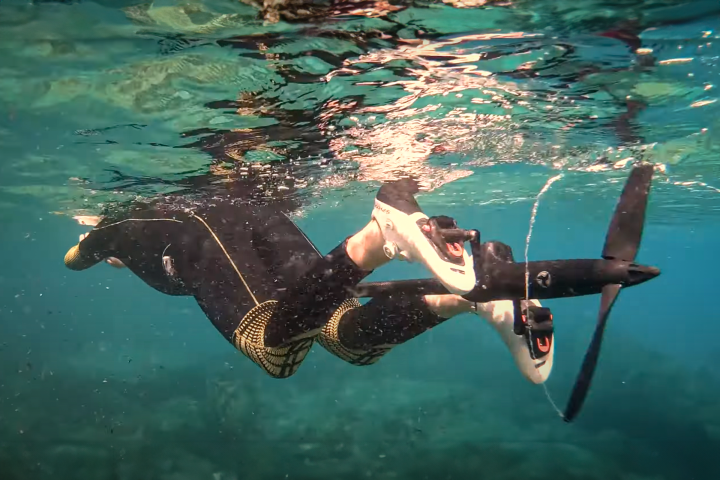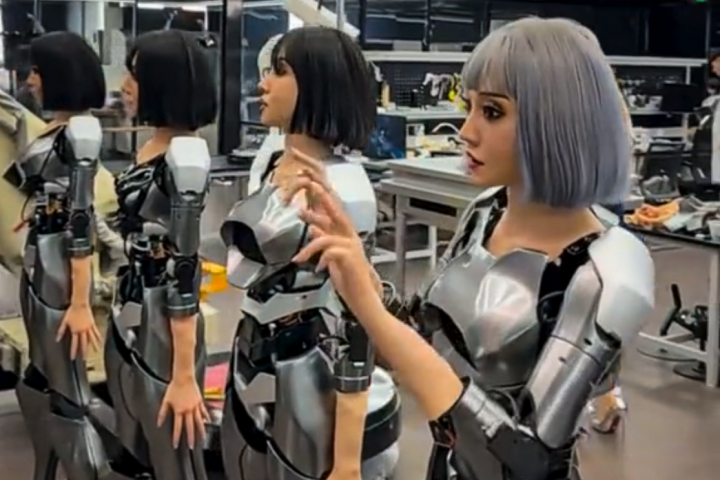Recently, researchers from a number of universities managed to merge engineered rat heart cells and a gold skeleton to create a stingray robot that could be steered left or right. In a similar vein, scientists at Case Western Reserve University have created a crawling robot from sea slug muscles attached to a 3D-printed body, with aims of one day sending swarms of biohybrid robots on sea search missions.
The 2 in (5 cm) "biohybrid" robot is built around the sea slug muscle known as the buccal mass, which forms part of the animal's mouth and is made up of two arm-like structures. The researchers connected these arms to a frame of 3D-printed polymers, and through an external electrical field, were able to make the robot crawl along through the contraction and release of the buccal muscle. In the first tests, it managed a top speed of about 0.16 in (4 mm) per minute.
"We're building a living machine – a biohybrid robot that's not completely organic – yet," said Victoria Webster, the PhD student leading the research. The sea slug was chosen because of the hardiness of its muscles, which can adapt to significant changes in temperature, salinity and other environmental conditions.
That adaptability makes it perfectly equipped for the ultimate goal of these robots: the team eventually wants to send swarms of them into bodies of water to conduct searches, whether that's looking for the source of a toxic leak in a pond or a plane's black box at the bottom of the ocean. Compared to either completely-artificial robots or live, trained animals, the biohybrid robots' unique composition are said to offer the best of both worlds.
"One of the problems with traditional robotics, especially on the small scale, is that actuators – the units that provide movement – tend to be rigid," says Webster. Muscles are a natural alternative, providing better power relative to their weight and fueling themselves on nutrients around them. Initially the researchers experimented with slug muscle cells, but realized that the full buccal muscle was already extremely efficient in its current form.
"When we integrate the muscle with its natural biological structure, it's hundreds to 1,000 times better," says Ozan Akkus, another researcher on the team.
Completely organic robots are the end-game for the project. To that end, the team is developing a replacement for the 3D-printed structures, creating a flexible but strong frame from collagen in the slug's skin.
Better movement options are being explored too, based around the slug ganglia inducing the muscles to contract through chemical or electrical signals. Ideally, this system will allow the robots to move forward in response to one signal and backward through another.
Source: Case Western Reserve University




